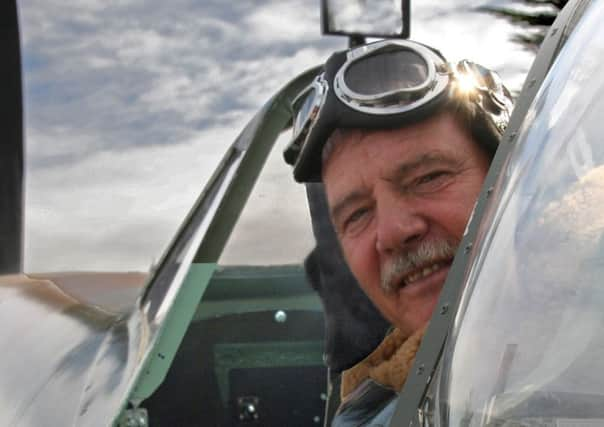Carrick man unearths story of uncle's death in WWII crash


Jack Hughes, from the Downshire area of the town, was named after his father’s brother John Robert ‘Jack’ Hughes, a Flight Sergeant with the Royal Air Force.
“Uncle Jack joined the RAF in September 1939, just after the outbreak of the war,” he told the Times.
Advertisement
Hide AdAdvertisement
Hide Ad“There was always a strong military tradition in our family - my grandfather fought at the Somme, and my dad, Gerald served with the Ulster Rifles before going into the RAF after the war.”
At the time of the crash, Gerald’s brother Jack Sr was just 21 years old.
He had been attached to the 37th Squadron based at Oban, Scotland, and was part of the crew on a Sunderland flying boat which crashed in the Firth of Lorn on May 29, 1942.
While several members of the crew survived, others were killed and the bodies of two, including Jack, were never recovered.
Advertisement
Hide AdAdvertisement
Hide AdAnd with exact details on the crash scarce, his family, who were then based in Belfast, never knew exactly what had happened to him.
“Because he was missing, my grandfather always thought he’d return - he never accepted that he’d died,” Jack added.
It was only through his own research in 2000 that Jack was able to track down an account from one of his uncle’s surviving crew-mates.
“I went to the War Graves Commission, and then I got in touch with a magazine called Flypast,” he said.
Advertisement
Hide AdAdvertisement
Hide AdThanks to the magazine piece, he received a letter from Ishbel Brayshaw, wife of James Brayshaw, a wireless operator on the same Sunderland bomber on which Jack Hughes lost his life.
James had survived both the crash and the war before he passed away at the age of 77.
Through Mrs Brayshaw’s letter,the Carrick man was able to piece together how and why the accident occurred.
The crew were returning from a mission near Iceland in the early hours of the morning when the craft crashed in heavy fog. Rear gunner Jack was at the back of the plane when the impact occurred.
Advertisement
Hide AdAdvertisement
Hide AdThe plane was split in two and the tail section went down almost immediately; the fuselage, meanwhile, remained afloat for a time.
“I was glad to find out after all those years what had happened to Uncle Jack,” said his nephew.
“It’s just a pity that my father, and my grandfather will never know.”
The site of the crash off the Scottish coast remains an official war grave.
Meanwhile, Jack Hughes is one of those remembered on the memorial at Runnymede.